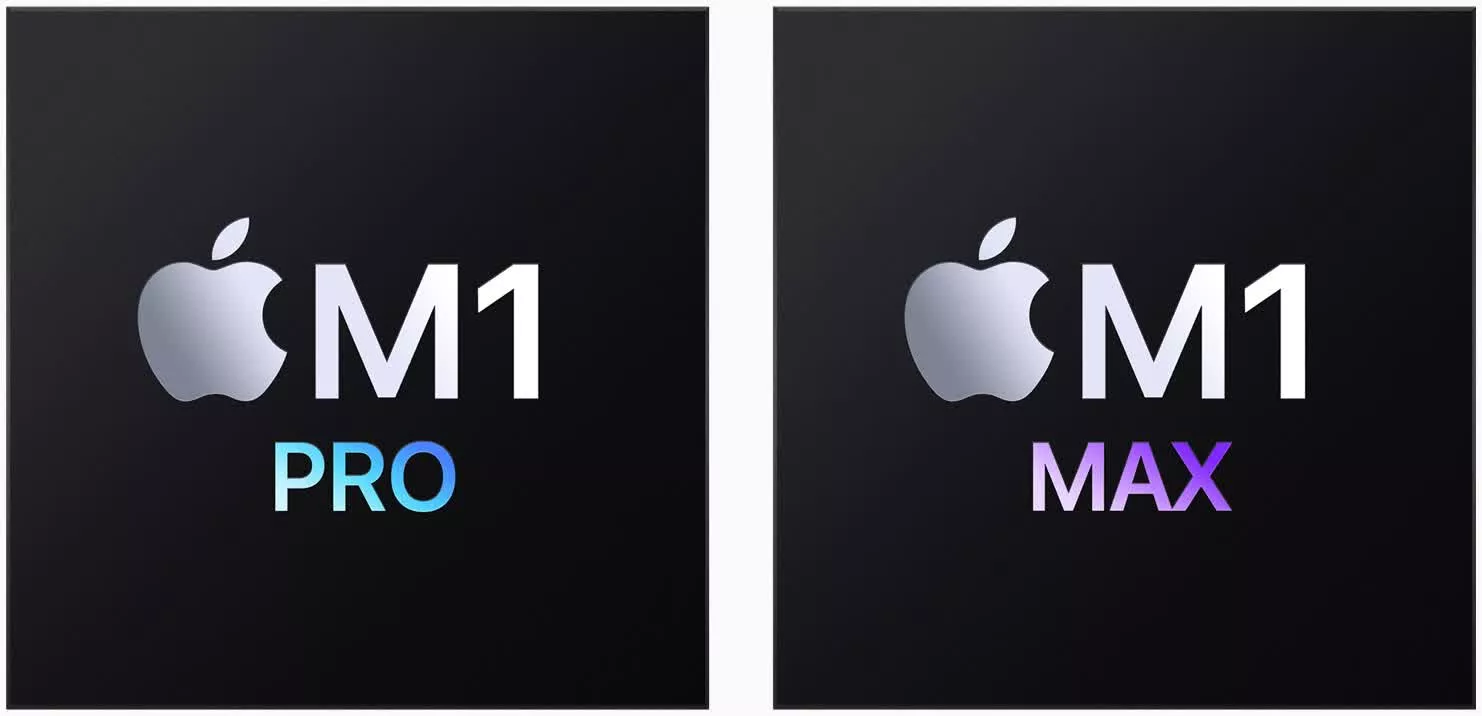In brief: Apple spent a lot of time during its recent Unleashed event talking about the incredible power of its latest M1 Max-powered MacBook Pros. The company has now confirmed that in the 16-inch version of its laptop packing the chip, there will be a “High Power Mode” to get the absolute best performance from the SoC.

MacRumors contributor Steve Moser was the first to discover references to a High Power Mode in the beta of Apple’s upcoming Monterey OS. When enabled, the feature will “optimize performance to better support resource-intensive tasks” and “may result in louder fan noise.”
Found more information on the high power power mode in the macOS RC: “Your Mac will optimize performance to better support resource-intensive tasks. This may result in louder fan noise.” https://t.co/4q3zlbyLnf pic.twitter.com/0mKVekGa0M
— Steve Moser (@SteveMoser) October 19, 2021
Apple has now confirmed to MacRumors that High Power Mode will be part of Monterey, which is arriving alongside the new MacBook Pro 14- and 16-inch laptops. The feature will, however, only be present in the 16-inch model paired with an M1 Max chip—not the smaller laptop or any with an M1 Pro/M1. That combination starts at $3,499.00 and goes all the way to $6,099 when maxing out the specs.
Apple made some bold claims about the M1 Max’s performance during the Unleashed event, including it using 70 percent less power compared to Intel’s Core i7-11800H octa-core CPU while achieving 1.7x more performance. It’s also comparable to the highest-end GPU in the largest PC laptops yet consumes up to 100 watts less power. Whether High Power Mode is what enables these stats or if it adds even more performance to the M1 Max remains to be seen.
The M1 Max features the same 10-core CPU as the M1 Pro while upping the GPU core count to 32—four times more than the original M1. It boasts 57 billion transistors, making the SoC the biggest chip Apple has ever made.
You can watch all of Apple's Unleashed event right here.
https://www.techspot.com/news/91890-16-inch-macbook-pro-m1-max-chip-have.html